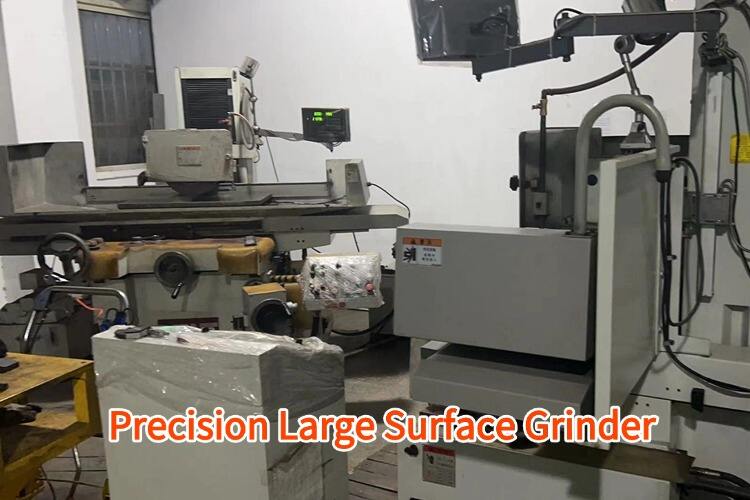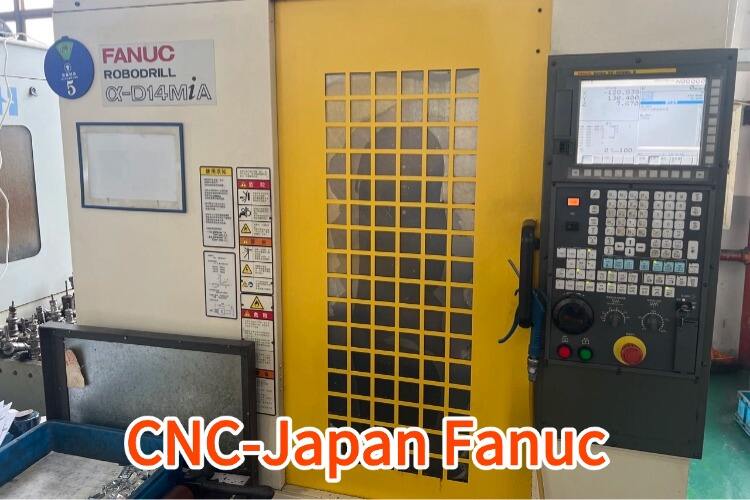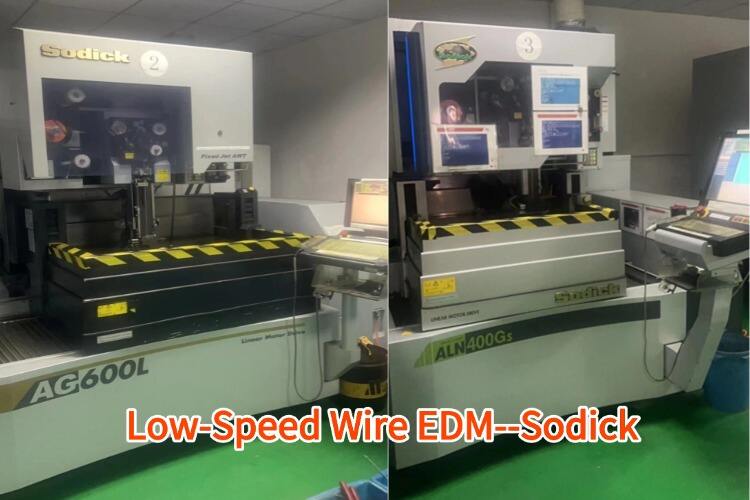surface hardening treatment
Surface hardening treatment is a sophisticated metallurgical process that enhances the mechanical properties of metal components by modifying their surface characteristics while maintaining the core material properties. This treatment involves various techniques such as carburizing, nitriding, and induction hardening, which create a hard, wear-resistant outer layer while preserving the tough, ductile interior. The process works by introducing carbon, nitrogen, or other hardening elements into the surface layer of the metal, typically at elevated temperatures. The depth of hardening can be precisely controlled, ranging from a few micrometers to several millimeters, depending on the application requirements. This versatile treatment finds extensive applications across numerous industries, including automotive manufacturing, aerospace components, industrial machinery, and precision tools. It significantly improves wear resistance, fatigue strength, and surface hardness while reducing friction and extending component life. The treatment can be applied to various metals, including steel, iron, and certain alloys, making it an invaluable process in modern manufacturing.


